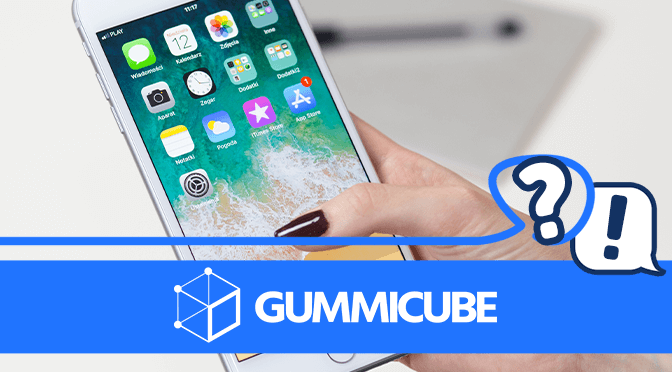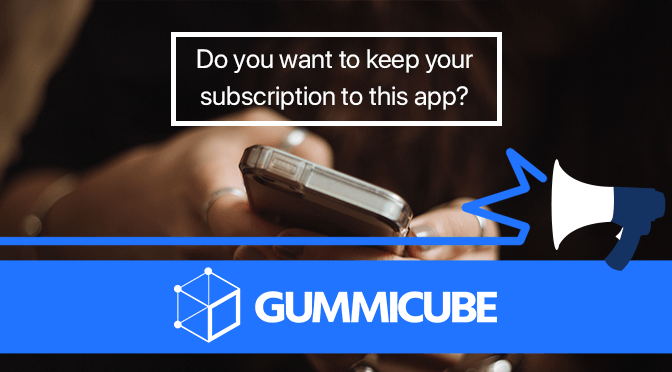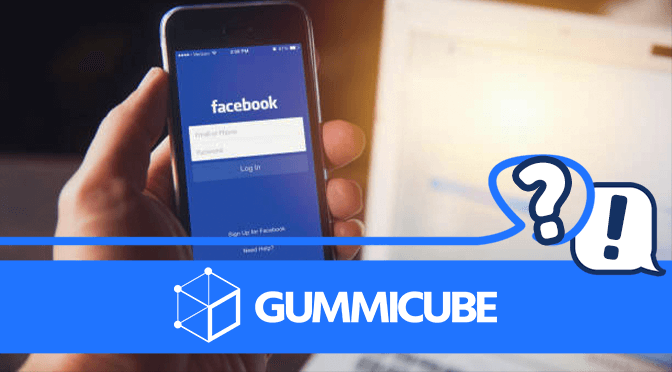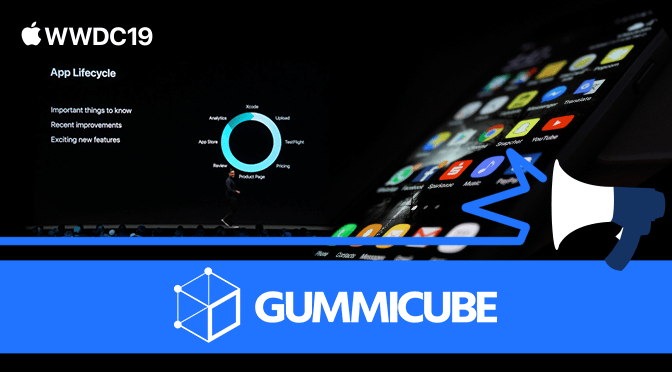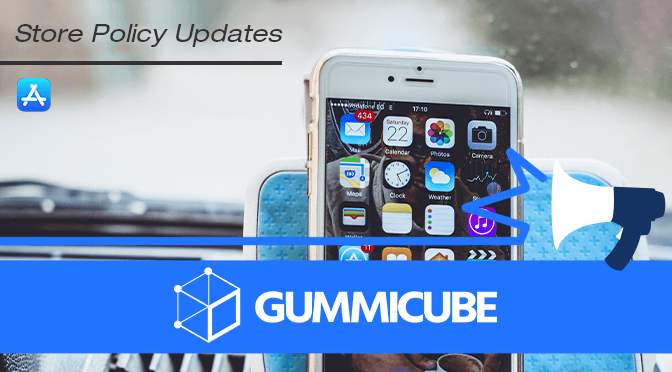
Wizards Unite App Store Spotlight
Posted on June 25th, 2019
A few years after Niantic’s smash hit app, Pokémon Go, the company is attempting to recreate the same magic with Harry Potter: Wizards Unite. As with Pokémon Go, the augmented reality app is off to a strong start, quickly gaining high ranks for several keywords, but its early momentum can only take it so far – Wizards Unite will need App Store Optimization to keep up with the high expectations users have placed upon it based on Niantic’s past success. So, without further ado, let’s take a look at Wizards Unite for this week’s App Store Spotlight and see if it can cast a spell on its optimization.


